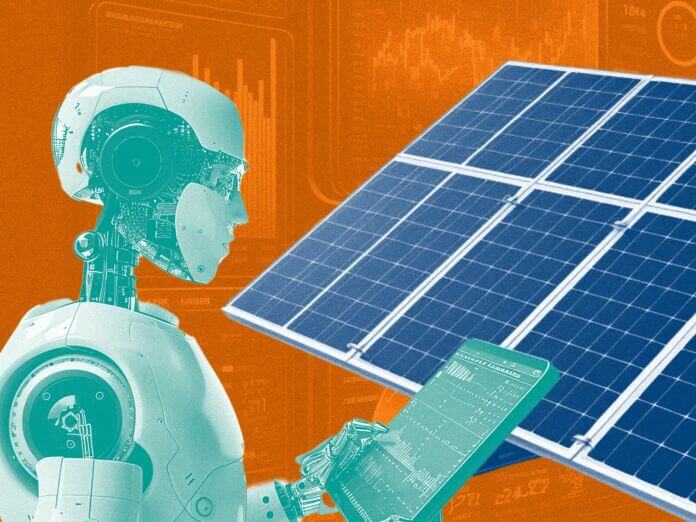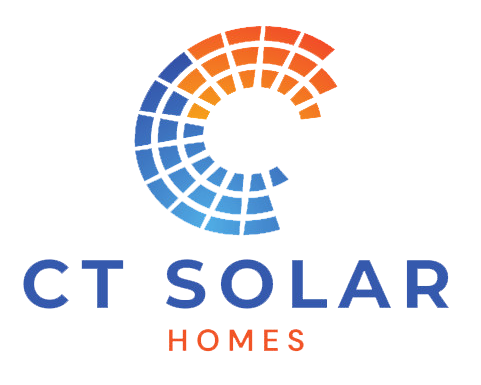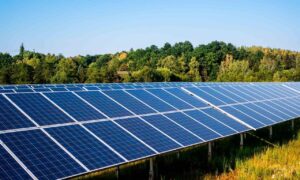Solar panels and connected battery systems are still novel technologies in the grand scheme of things, even though they can feel like old news, given how often governments talk about them. Professionals and IoT enthusiasts see potential for solar energy growth by integrating AI. How can this combination forge next-generation tech to be more efficient and reliable?

Machine Learning (ML) Algorithms Predict Solar Output
AI attached to solar technologies will eventually learn more than those who installed them. ML gains knowledge about the weather and geography. It uses this alongside historical data to know the best angles to obtain the most sun power. It can also consider factors like cloud cover, altitude, and humidity.
The process is called feature engineering and involves the ML model leveraging key data to optimize solar output. It discovers the most important factors, like time of day or season. It identifies ideal scenarios for panels, combining data to create a reliable solar array.
Algorithms are the foundation of these accurate predictions, and they come in various forms, such as:
Random forests: Considers branching outcomes against many variables in a large dataset.
Support vector machines: Classifies data in two groups and finds the best combinations.
Recurrent neural networks: Uses sequential data to find how it relates to performance, such as how a panel works over time.
ML can continually learn as it discovers which algorithms produce the most accurate predictions. For example, if algorithms determine that the panels function best at a certain time of day, can they reveal the exact best hours, quarters, or even minutes?
Several smart solar techs already exist and improve efficiency every day. Programs may boost electricity production by 20 to 30 percent for solar equipment while shaving 50 percent of its operating costs. Not to mention the other financial benefits of solar tech, like the 10 to 30 percent tax credit businesses can earn through the Section 48 investment tax credit.
Smart inverters are crucial in IoT to minimize power loss and excess heat, ensuring high-performing panels. They can manipulate settings in real-time, responding to environmental stimuli and minimizing waste.
How ML Optimizes Energy Storage
Battery storage is another player in discovering how well panels perform and what data points could be improved. Storage technologies capture excess electricity for use during peak hours or emergencies. Having as many resources as possible when energy is needed provides the peace of mind only AI can consistently offer.
Secure, transparent AI software meeting industry standards will improve public perception of AI in renewable energy. Machine learning can outline consumption data, energy output, and battery performance so homeowners never go without or feel stuck if an unexpected anomaly appears. Issue detection happens early, whether related to degradation or electrical failures.
Solar makers have little authority when the most essential parameters, such as state of charge and health, must be more consistent or trustworthy. It lets people know how performance impacts the energy storage’s life cycle after each charge and discharge. It also relays how environmental factors like temperature strain the system.
Battery storage may not actively operate daily like a solar panel. However, ML can still engage in predictive modeling to let commercial and residential building owners know how many hours of regular use it could support and under what conditions. This way, users can prolong the battery’s life no matter the circumstances.
Critical components include smart energy management systems (EMSs). They give people data on battery performance in an accessible format while automating micro adjustments for performance, leading to saved resources. They may connect with solar monitoring systems, appliances, and the grid to update users on the system’s overall health and ability to sync and communicate with each other.
Where Consumption Patterns Maximize in Real Time
Many do not understand how many things change solar energy consumption and output until AI shows them the responsive changes it makes during real-time events. A smart solar suite uses live analytics to influence:
Demand response management: Knows peak and off-peak hours to determine where to draw power efficiently.
Load forecasting: Assesses short- and long-term building needs to have readily available assets.
Energy distribution: Understands all equipment relationships to operate best based on prices or supply conditions of the panels, batteries, or grid.
Lastly, the data will inevitably influence consumption patterns related to human habits and occupancy patterns. The Internet of Behaviors (IoB) is a recent trend defining how technology like AI and IoT will influence people. Consider how high energy use data inspires homeowners to change their electricity habits.
AI and Solar Power
The marriage of solar energy and AI is happening, and commercial and residential building owners should be excited about what they can offer. Solar power will forge the most dependable, disruptive age of tech in renewable energy history.
Panels, inverters, weather stations, battery storage, and other related technologies must debunk myths suggesting that solar is not a trustworthy enough power generator with AI. When they do, it will become a no-brainer to ground panels onto most properties worldwide.







